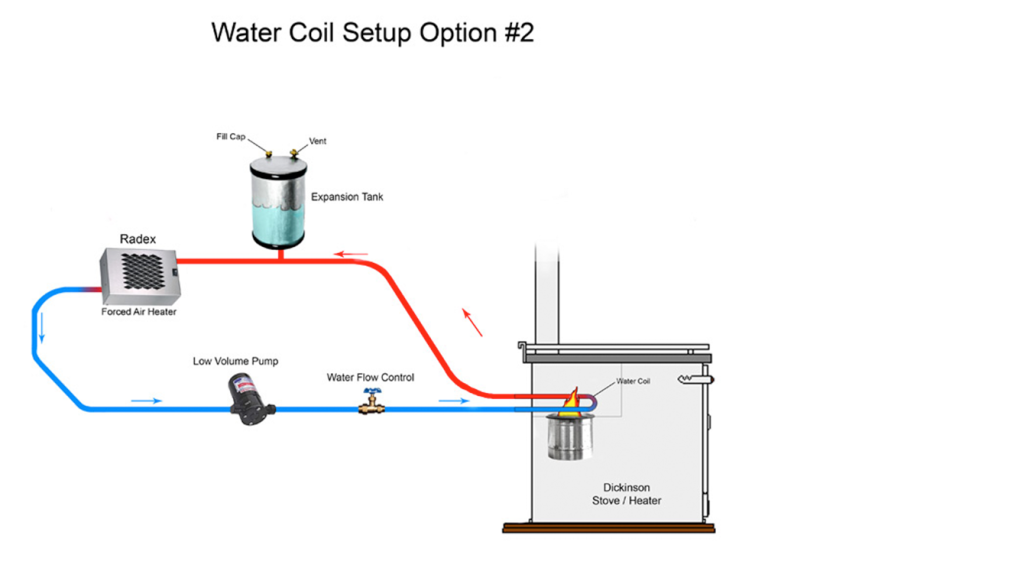I'm new to these parts, but want to chime in as I have bit of experience operating and living with Dickinson stoves. I've had two different cook stoves, the Bristol and the Bering models. I had the Bristol in a small cabin cruiser and the Bering in a 33 foot sailboat.
The burners are all rated for the same BTU output until you get into the very largest stoves. I believe the cook stoves may be better heaters than the bulkhead fireplaces because of the greater thermal mass and surface area.
As others have observed, you can only turn them down so low. Low fire is rated at 6,500 BTUs, but that's the full thermal value of the diesel fuel consumed. A fair bit of that is going up the stack. In practice, I dealt with excess heat by opening a portlight if necessary. You need some make up air, anyway as it draws air from within the cabin. That's also why it's good at drying out the cabin. It pulls moist air into the combustion chamber and vents it out the stack as exhaust.
I've long thought that a Dickinson might be ideal for boondocking as they don't require much power in most circumstances. They have fans, but I have mostly only used them to help warm up the stove more quickly. With proper install, I don't think ythey are necessary for operation. If you want to use a lift pump, it takes a negligible amount of power. The worst thing is listening to it tick periodically, but I think that can be dampened.
The biggest challenge will be space for a safe install. I'm not sure most vans dwellers will be willing to sacrifice the required space for a safe installation. But, I think it could be a good choice for a larger vehicle. Dickinson publishes the installation requirements in their manuals.
A couple more thoughts: it takes a little understanding of how the stove operates to get good results. Good results equals a clean burn with invisible exhaust. Bad results will cover your rig and perhaps your neighbors with black soot that is difficult to clean off. But, once it's dialed in, it's simple and reliable.
Another thought: get the exhaust temperature sensor and automatic shut off. There are conditions where these stoves can run away. I know of several boat fires from improper use or installation. The auto shut off can save you a lot of grief if you screw up.
A final thought or two. These are designed to be installed and operated at sea level. The atmosphere at higher elevations has less oxygen and this might be a condition where you need to use the burner fan assist for proper combustion.
It might be possible to increase the draft for higher altitude operation by increasing the stack height. Adjusting the barometric damper when traveling at lower elevations should correct for too much draft. I'd ask the folks at Dickinson about that.
In the worst case, one can adjust the high and low settings on the fuel metering valve to compensate for the effects of altitude but that's a hassle to do on a regular basis.
Maybe it will all be too fiddly, but if you can get it right, a Dickinson stove puts out a pleasant, dry heat, much like a woodstove. Thousands of commercial fishermen rely on them.


















































